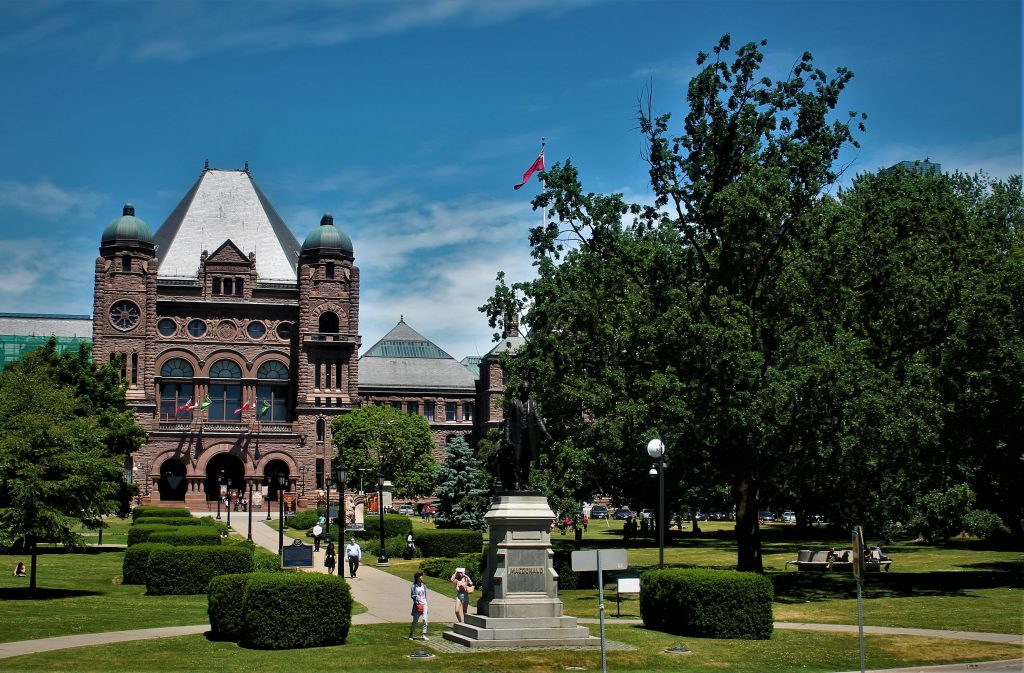Table of Contents
Getting a law degree can easily cost you a six-figure sum. This makes law schools particularly very expensive. I do agree that once you have this prestigious degree, your earnings will be pretty rewarding but before that, you will have to figure out how to pay for law school. Fortunately, there are a few ways on how to pay for law school (or at least help pay for it). Here is some detailed information answering your question on “How can I pay for law school?”
How Can I Pay For Law School?
Ways To Pay For Law School Guide
Following is a list of all the smart ways to pay for law school.
1. Law School Grants
The best part about grants is that you don’t have to pay them back. Many law schools offer generous grants, typically based on students’ financial needs or merit. Hence, ensure that you check with your school’s financial aid office to learn about the available options and the procedure to apply.
Do note that not all grants can be used for law school. For example, federal Pell Grants cannot be used for law school — they’re majorly reserved for undergraduate students. Yet, grants are the best ways to pay for law school.

2. Scholarships For Law School
A great alternative to grants is scholarships. They are even more common than law school grants. You don’t have to repay scholarships and grants, thus making them the best option to pay for law school — if you qualify. Most law school scholarships come from the law schools themselves, so here too, check with your school’s financial aid office for details if you are wondering “How do I pay for law school?”
You should also search for scholarships from other organisations. Here are a few examples.
- American Bar Association Legal Opportunity Scholarship: The ABA Legal Opportunity Scholarship awards $15,000 over three years to law students from diverse backgrounds.
- NAACP Legal Defense and Educational Fund (LDF): Each year, the LDF offers the Earl Warren Scholarship to first- and second-year law students. This scholarship provides $10,000 for up to three years as well as the chance for an internship, externship, or research project, along with an invitation to the Civil Rights Training Institute. You must remain in good standing for all years you have the scholarship.
- Federal Circuit Bar Association: Scholarships range from $5,000 – $10,000. The association classifies its law scholarships into two types: judicial and association.
- Attorney Ken Nugent Legal Scholarship: Awards $5,000 to an annual winner. To be eligible, applicants must have a 3.0 GPA and write a 500-word essay.
- BARBRI Law Preview One Lawyer Can Change the World Scholarship: Awards $10,000 to one first-place winner, $5,000 to one second-place winner and $1,000 to eight runners up each year. Applicants must be incoming first-year law students.
- Minority Corporate Counsel Association LMJ Scholarship: Awards $10,000 for “women and diverse” first-year law students who have an interest in corporate law, as well as diversity, inclusion and equity.
If you need more resources on scholarships available in the US, head straight to: Scholarships To Study In The USA.
Again this is one of the most effective ways amongst all the easy ways to pay for law school.
3. How Do I Pay For Law School? Student Loans.
There are two main categories of law school student loans: Federal and Private.
Federal student loans are accessed by filling out a FAFSA for law school financial aid (which is also how you get federal grants and work-study). These loans are generally the best option because they’re eligible for government repayment perks like income-driven repayment plans and Public Service Loan Forgiveness.

Further, there are two types of federal student loans for law students:
Direct Unsubsidized Loans: Here you are allowed to borrow up to $20,500 per year. The total amount you can borrow over the course of your education is capped at $138,500. For the 2019-2020 school year, the interest rate for direct unsubsidized loans was 6.08%. There’s also a one-time fee, which is fixed at 1.059% of the loan amount for funds borrowed after Oct. 1, 2019.
Don’t forget to read: Subsidized Loan Vs An Unsubsidized Loan: Which Is Better And Why
Direct PLUS Loans: PLUS loans tend to be relatively more expensive than direct unsubsidized loans, so it’s better to turn to them only after you exhaust the balance for the latter. For the 2019-2020 school year, the interest rate for Direct PLUS loans was 7.08%. The one-time loan fee was 4.236% for loans disbursed after Oct. 1, 2019. There’s no set cap to PLUS loan borrowing — you can take out an amount up to your school’s cost of attendance, minus other financial aid you receive.
If you have good credit, private student loans may be a wise choice. Here you may be able to qualify for a lower interest rate than what federal loan programmes offer. UniCreds is the best place to get the lowest interest rates on private loans. If you are sincerely considering student loans then all you need to do is fill the form in the blog. A professional team from UniCreds will get in touch with you to ensure you get the best loan.
Now’s the right time to secure a safe education loan! Fill the form in this blog TODAY!
4. Work Part-Time | Ways To Pay For Law School
Law students can earn federal work-study funds by working part-time. However, not all law schools participate in these work-study programmes. Also, you must know that since being a full-time law student is demanding, some schools don’t allow work-study for first-year law students, or they limit work-study hours during the first year of study.
Do note that since you must earn work-study funds, you can’t use this money for upfront tuition costs. But a work-study job could help pay for living expenses without going into debt — if you can balance your job and studies. If you’re attending law school part-time while working, see if your employer offers any tuition assistance programmes to help with the cost of your education.
Read More: Work-Study Techniques – Your Guide To Balancing Studies and A Job
Do you see? Paying for law school isn’t very difficult.
5. Law School Loan Forgiveness | Ways To Pay For Law School
If you’re pursuing a career in government or public interest law, or if you end up in a relatively low-paying job, law school loan forgiveness may be a good option.
Two common ways for law school graduates to get student loan forgiveness are:
Public Service Loan Forgiveness (PSLF): This government programme can clear your remaining federal loan balance after you make 120 on-time monthly payments while working for the government or a qualifying non-profit employer. However, note that the requirements for this programme can be quite complicated so I suggest that you read this blog carefully: Public Service Loan Forgiveness – All You Need To Know!
Income-Driven Repayment Plans: There are four income-driven plans that cap your monthly federal loan payments at 10% to 20% of your gross income. All four plans also forgive your remaining loan balance after you make payments for 20 or 25 years, depending on the plan, though you may need to pay income tax on the forgiven amount.
Suggested Read: Pay As You Earn (PAYE) Repayment Guide
Hope you found this blog insightful. Cheers!
Thank you for reading this blog on ‘Best 5 Ways To Pay For Law School’. If you enjoyed reading this blog and would like to continue reading more about paying for education then the following blogs may interest you.










0 Comments